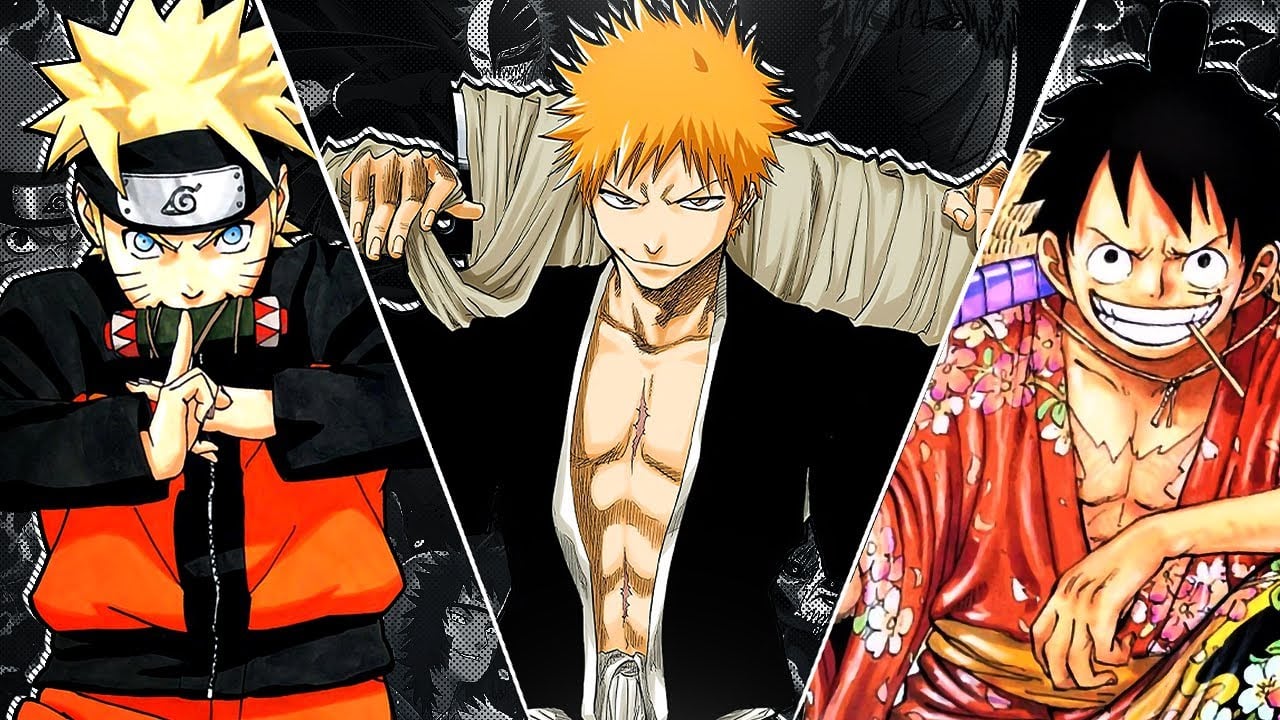Many anime fans can find it awkward talking about the genre due to some of its more toxic fans. Places like the main anime subreddit, r/Anime, often shows droves of users ranting about censorship of sexual content at every turn, even if it’s merely reducing the visibility of a female character’s undergarments.
Often it’s difficult for a more relaxed or “casual” fan to speak about it with others because of the large amount of overtly inappropriate content that somehow permeates almost every anime out there.
This inappropriate content is sometimes known as fanservice, the usage of either sexual or nostalgic content to “push” engagement and interest in a piece of media. For example, a shot of a woman’s cleavage, or a fan-favorite character returning to the spotlight despite it being nonsensical.
For the record, the kind of fanservice regarding bringing back fan-favorite characters or forcibly referencing beloved moments in previous entries is not what this article will be exploring. Instead, we are purely examining things like the use of gratuitous shots of certain characters in compromising situations and weird angles that accentuate certain body parts.
Many view these shots as distracting, alienating, and outright offensive due to their objectification of the body. A key point is that most fanservice is of female characters, and these characters are already often treated as weaker than their male counterparts.
In “Naruto”, the female characters are often treated as accessories to either the story or the male characters. The most egregious example is the female lead, Sakura, who’s often compared to the titular character Naruto and his rival Sasuke.
The show constantly tells us that she’s on the same level as them yet when the moment of truth comes, she’s nowhere close to their level. This isn’t the only example, but it’s the most glaring one that even longtime and hardcore fans of the show lament.
While “Naruto” doesn’t sexualize every female character, it isn’t totally without fault. Meanwhile, “One Piece” suffers from the sexualizing of female characters (to the point of it being incredibly ridiculous), but they at least give more depth to their characters.
Fanservice has been a point of contention in the community for decades, yet to many, nothing’s changed. So why is fanservice so prevalent in anime despite pushback?
Well, there are a variety of reasons, but the most important is geographic location. In reality, the majority of the complaints regarding fanservice come from Western audiences, but that’s not where anime is made or majorly marketed to.
In the end, anime is still mostly marketed to the citizens of its homeland of Japan. While there are exceptions to the rule, like the fan favorite Naruto, it’s still the rule. While this plays a part in the problem, it’s but a side effect of the real issue.
Sadly, it’s simpler and more accurate to rip the band-aid off and admit that unfortunately, the manga/light novel/anime industry is systematically unjust. While women make up a majority of mangaka or in other words, manga authors (at least 70%) they often rely on aliases or pen names to mask their gender so they can avoid discrimination in the workplace.
Even though sales say otherwise, the mostly male editors of these companies still believe that female authors can’t appeal to their male audience. If that weren’t enough, the editor in chief had this to say when asked if he would hire women editors, “No, I’d make the department even more manly,” said Sōichi Aida.
Ignoring how juvenile that response is, this archaic belief that only men can write media for boys while women can only write for girls still remains popular amongst these editors, even if great examples prove otherwise, like FullMetal Alchemist author Hiromi Arakawa. Nevermind that Shojo manga still has plenty of male authors despite it being marketed towards girls.
Despite the amount of female mangaka that populate the anime and manga industry, the industry itself is still dominated by men. Simply put, we have an industry that relies heavily on women, yet many feel the need to hide the fact that they’re women. It should be no surprise that an industry that pressures women into hiding their identities is rife with systemic misogyny.
This creates an industry that maintains a status quo instead of changing for the better. In the end, the men in charge of the anime/manga industry, and many others, still hold on to antiquated concepts about women because they’re unwilling to change.
Even though these men are still in charge, Japan and its entertainment industry are changing as consistently as these entrenched sexist beliefs are losing popularity. For example, this incident where former Tokyo Olympics boss Yoshiro Mori made the infamous comment claiming that women tend to speak too much and overextend the length of meetings.
Fortunately, change has been seen with people like Mori being forced to resign, and with more stories that contain strong and well-written female characters that aren’t cast aside to make room for their male counterparts.
While these issues aren’t going away anytime soon, it’s said that change is inevitable. Hopefully, the entertainment industry can realize that sooner rather than later.

